Table of Contents
- Exploring the Origins of the Gaia Hypothesis and Its Author
- Understanding the Core Principles of the Gaia Hypothesis
- Impacts of the Gaia Hypothesis on Environmental Science
- Key Takeaways for Readers and Practical Applications
- Recommended Further Reading to Deepen Your Understanding of Gaia Theory
- Q&A
- The Way Forward
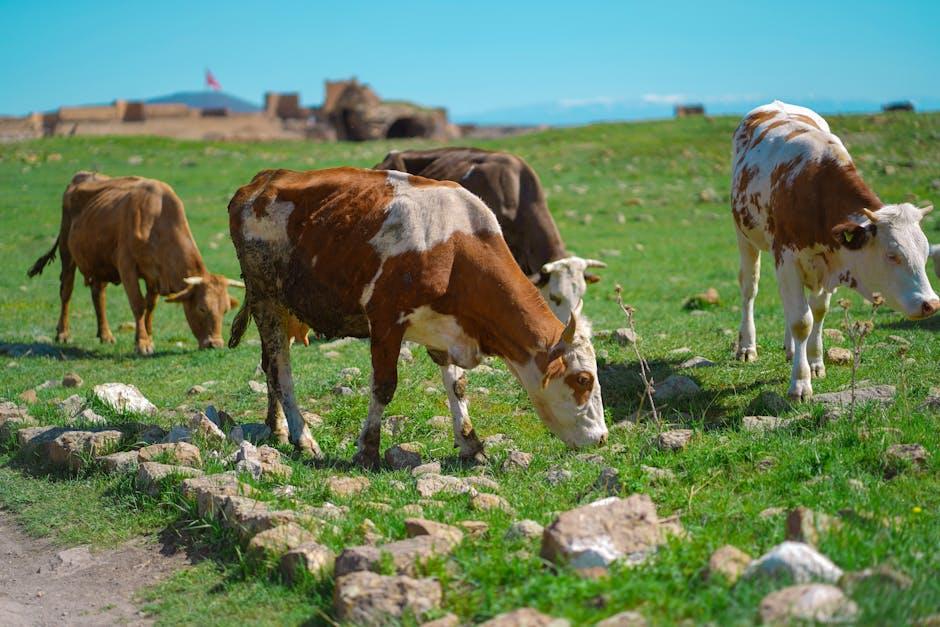
Exploring the Origins of the Gaia Hypothesis and Its Author
The Gaia Hypothesis, conceived by the British scientist James Lovelock in the 1970s, revolutionized our understanding of Earth’s ecosystems. Lovelock proposed that the Earth functions as a self-regulating, closed system where living organisms interact in complex ways with their inorganic surroundings to maintain conditions conducive to life. This idea emerged from several foundational influences, including Lovelock’s work with NASA and his studies of climate change and atmospheric science, where he began to notice patterns indicative of a holistic system. His insights suggested that life’s presence on Earth is intricately linked to the environmental conditions necessary for its continuation.
Key elements of the hypothesis include:
- Self-Regulation: The Earth can adjust to changes, like climate shifts, through feedback mechanisms among its components.
- Interdependence: All organisms play a role in sustaining life, from plants producing oxygen to microorganisms decomposing organic materials.
- Climate Stability: Life contributes to a stable climate by regulating atmospheric gases and influencing ocean chemistry.
In examining Lovelock’s work and its evolution, it becomes clear that the Gaia Hypothesis sparked interdisciplinary dialogue across fields such as environmental science, ecology, and philosophy. Initially met with skepticism, it gradually gained traction, influencing climate change discourse and the environmental movement. Lovelock’s collaboration with biologist Lynn Margulis, who introduced the idea of symbiosis, further enriched the hypothesis, emphasizing the cooperative relationships essential to life on Earth. The ongoing investigation into this concept has prompted numerous questions regarding sustainability and our role in nurturing Earth’s ecological balance.
Understanding the Core Principles of the Gaia Hypothesis
The Gaia Hypothesis posits that Earth functions as a self-regulating system, integrating the living and non-living components to maintain conditions suitable for life. This perspective shifts the traditional view of life and the environment from one of separation to interdependence, highlighting how biological processes interact with geological and atmospheric phenomena. The core principles of this hypothesis emphasize the intricate relationships that exist between organisms and their surroundings, suggesting that these interactions promote stability and resilience in ecosystems.
Central to the Gaia Hypothesis is the idea of feedback loops, where the outputs of a system feed back into the inputs, creating a cycle of adaptation and balance. For instance, plants play a crucial role in regulating atmospheric gases through photosynthesis, while microorganisms in the soil help decompose organic matter, enriching the earth and contributing to nutrient cycles. This interconnectedness implies that changes in one aspect of the environment can significantly affect other components, reinforcing the notion that ecological balance depends on the health of the entire system.
Moreover, the Gaia Hypothesis challenges us to reevaluate our relationship with the Earth, advocating for a holistic view of nature. By recognizing that human actions are deeply intertwined with ecological health, it encourages sustainable practices and environmental stewardship. Below is a simple table illustrating some key components and their interactions within this holistic framework:
| Component | Function | Interconnection |
|---|---|---|
| Plants | Oxygen production, carbon dioxide absorption | Supports animal life and climate regulation |
| Microorganisms | Nutrient cycling, soil health | Facilitates plant growth and ecosystem stability |
| Climate | Weather regulation, temperature control | Affects species distribution and survival |
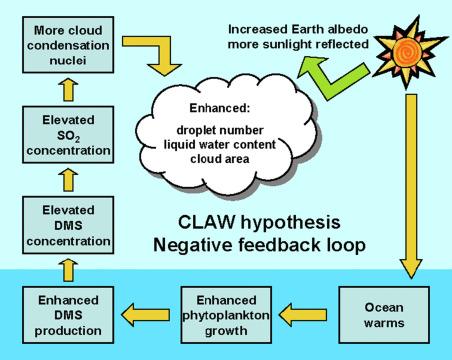
Impacts of the Gaia Hypothesis on Environmental Science
The Gaia Hypothesis, proposed by James Lovelock in the 1970s, posits that Earth functions as a self-regulating system where biotic and abiotic components interact to maintain conditions conducive to life. This revolutionary idea has profoundly reshaped environmental science, influencing how researchers and policymakers approach ecological balance and sustainability. By emphasizing the interconnectedness of life, the hypothesis has encouraged the integration of multiple disciplines, including biology, geology, and atmospheric science, leading to a holistic understanding of Earth’s systems.
One significant impact of the Gaia Hypothesis is its role in reframing climate change discussions. Scientific study surrounding climate dynamics has increasingly acknowledged the complexity of Earth’s responses to human activities. Aspects like carbon cycling and ecosystem responses are now viewed through a lens that considers feedback loops and self-regulation, altering traditional mitigation strategies. This shift has led to innovative approaches in environmental policy, fostering collaborative initiatives and promoting sustainable practices that involve local communities directly.
Furthermore, the Gaia Hypothesis has catalyzed the emergence of new areas of research, such as biogeochemistry and Earth system science. These fields examine the intricate relationships between Earth’s biological and physical components, enhancing our understanding of nutrient cycles and climate systems. As a result, environmental science now employs a comprehensive framework that acknowledges the profound impact of human actions on natural processes. The theory inspires efforts towards more sustainable living by encouraging individuals and societies to see themselves as integral parts of the Earth’s life-supporting system.
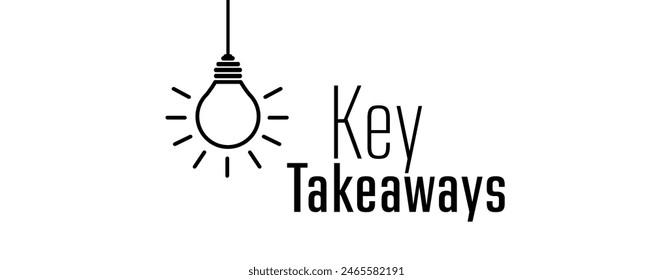
Key Takeaways for Readers and Practical Applications
The exploration of the Gaia Hypothesis offers a profound perspective on how life interacts with the Earth’s systems. Readers will appreciate the following crucial points:
- Interconnectedness of Life: The Gaia Hypothesis emphasizes that all living organisms contribute to their environment, thus promoting a delicate balance essential for sustaining life.
- Feedback Mechanisms: Understanding how systems respond to changes—whether through climate shifts or pollution—can highlight the importance of maintaining ecological stability.
- Holistic View: This concept encourages a broader understanding of environmental issues, focusing not only on individual species but also on the collective influence of all organisms.
Implementing insights from the Gaia Hypothesis can influence practical approaches in various fields. Some actionable applications include:
- Ecological Conservation: Adapting conservation efforts to consider the entirety of ecosystems can lead to more effective interventions.
- Sustainable Practices: Industries can adopt sustainable strategies that align with the natural feedback of ecosystems, reducing environmental degradation.
- Education and Awareness: Integrating the principles of the Gaia Hypothesis into educational curricula can inspire future generations to appreciate environmental stewardship.
For those interested in a more structured approach to implementing these ideas, consider the following table as a guideline:
| Application | Description |
|---|---|
| Ecological Restoration | Restoring natural habitats to restore balance and biodiversity. |
| Sustainable Farming | Using methods that enhance soil health and reduce chemical inputs. |
| Community Engagement | Encouraging local participation in environmental decision-making. |
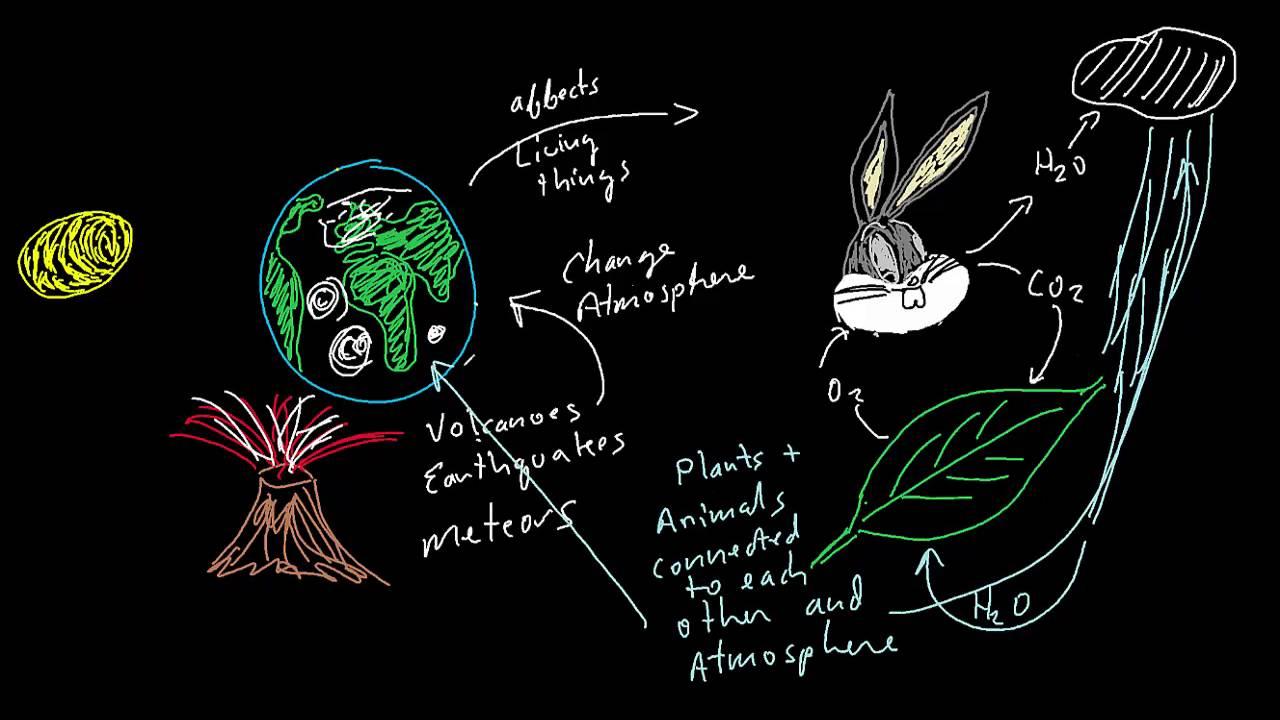
Recommended Further Reading to Deepen Your Understanding of Gaia Theory
For those eager to delve deeper into the nuances of the Gaia Theory, several pivotal works can illuminate various aspects of this fascinating ecological and philosophical framework. One of the foundational texts is James Lovelock’s “Gaia: A New Look at Life on Earth”, which presents the theory in a compelling narrative while exploring its implications on environmental science. Lovelock’s poetic yet scientific approach makes complex concepts accessible. Additionally, “The Ages of Gaia”, also by Lovelock, expands on his original ideas, weaving in historical context and scientific analysis, offering readers a comprehensive understanding of Earth’s interconnected systems.
To complement Lovelock’s work, consider “Gaia: The Practical Science of Planetary Medicine” by Dr. Michael A. K. Allaby. This book provides a more pragmatic perspective, focusing on how Gaia Theory can inform medical and ecological practices. In contrast, “The Gaia Hypothesis: Science on a Pagan Planet” by Dr. John G. McNiven takes a critical look at the intersection of science and spirituality, challenging readers to rethink traditional viewpoints about nature and its sacredness. Both texts contribute valuable perspectives to the discourse surrounding the Gaia Theory, ensuring a well-rounded exploration of its implications.
For a more academic approach, explore the anthology “Gaia in Turmoil: Climate Change, Biodepletion, and Earth Ethics in an Age of Crisis”. This compilation features essays from numerous scholars discussing the ramifications of Gaia Theory in a time of ecological crisis. A helpful resource for comprehending the ethical dimensions of environmental stewardship, it emphasizes the urgent need for a shift in our relationship with the Earth. To summarize key resources, here’s a concise table:
| Book Title | Author | Focus Area |
|---|---|---|
| “Gaia: A New Look at Life on Earth” | James Lovelock | Foundational concepts and implications |
| “The Ages of Gaia” | James Lovelock | Historical context and scientific analysis |
| “Gaia: The Practical Science of Planetary Medicine” | Michael A. K. Allaby | Practical applications in ecological practices |
| “The Gaia Hypothesis: Science on a Pagan Planet” | John G. McNiven | Challenging traditional viewpoints |
| “Gaia in Turmoil” | Various Authors | Environmental ethics and ecological crisis |
Q&A
Q&A: Exploring the Gaia Hypothesis Books
Q1: What is the Gaia Hypothesis?A1: The Gaia Hypothesis, developed by scientist James Lovelock in the 1970s, posits that Earth functions as a self-regulating, complex system. It suggests that living organisms interact with their inorganic surroundings to create a suitable environment for life. Essentially, it views the planet as a single, interconnected entity—where biological and non-biological components work together to maintain conditions conducive to life.Q2: Why are there books dedicated to the Gaia Hypothesis?A2: Books on the Gaia Hypothesis explore its scientific foundation, philosophical implications, and ecological significance. They aim to engage readers with the idea that life influences the environment, providing insights into how we perceive our role in the ecosystem. Such literature not only explains the hypothesis but also encourages discussions about sustainability, climate change, and our interconnectedness with nature.
Q3: Who are some notable authors of books on the Gaia Hypothesis?A3: Besides James Lovelock, who introduced the hypothesis, another prominent figure is Lynn Margulis, a biologist who contributed significantly to this theory. Their collaborative book, “The Gaia Theory: A New Look at Life on Earth,” is particularly influential. Additionally, authors like Peter Ward and Gaia Vince have delved into related themes, broadening the conversation with their unique perspectives.
Q4: What can readers expect to learn from these books?A4: Readers can expect to gain a deeper understanding of the Earth’s biological and chemical systems, the role of feedback loops in regulating conditions for life, and insights into environmental ethics. Many of these books offer practical applications of the Gaia Hypothesis, motivating readers to think critically about their environmental impact and fostering a sense of stewardship for the planet.
Q5: Are the concepts in these books scientifically accepted?A5: While the Gaia Hypothesis has generated considerable debate, it has also spurred significant scientific inquiry. Aspects of the hypothesis, particularly those focusing on feedback mechanisms, have been validated through various studies. However, some critics argue against certain ecological determinism implied by the idea. Thus, while it is not universally accepted, it has undeniably influenced both scientific thought and environmental policy discussions.
Q6: Which book would you recommend for someone new to the topic?A6: For newcomers, “Gaia: A New Look at Life on Earth” by James Lovelock is a great starting point. In this book, Lovelock presents his ideas in an accessible manner, blending personal anecdotes with scientific analysis. It lays the groundwork for understanding the hypothesis and invites readers to reflect on their relationship with the Earth.
Q7: How does the Gaia Hypothesis relate to current environmental issues?A7: The Gaia Hypothesis is particularly relevant in discussions about climate change, biodiversity loss, and ecological balance. It emphasizes that human actions can disrupt the natural regulatory processes that sustain life, highlighting the urgency of adopting sustainable practices. These books can inspire readers to take action and engage with pressing environmental challenges on both personal and societal levels.
Q8: Where can I find books on the Gaia Hypothesis?A8: Books on the Gaia Hypothesis can be found in various places, including local bookstores, libraries, and online retailers like Amazon and Book Depository. Many universities also stock relevant texts, particularly those focusing on environmental science and biology. Seek out both classic works and contemporary analyses to expand your understanding of this thought-provoking theory.

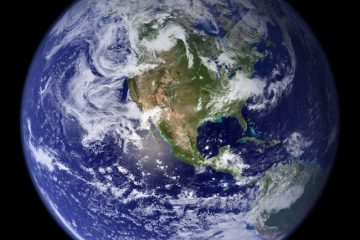

0 Comments